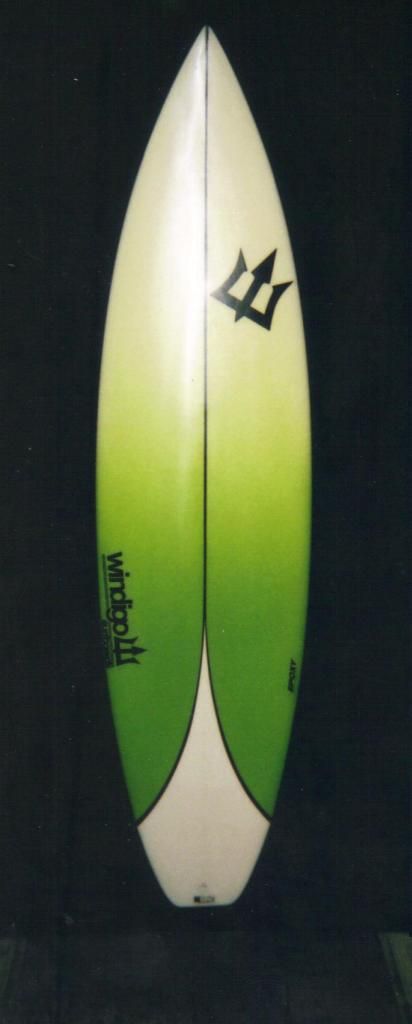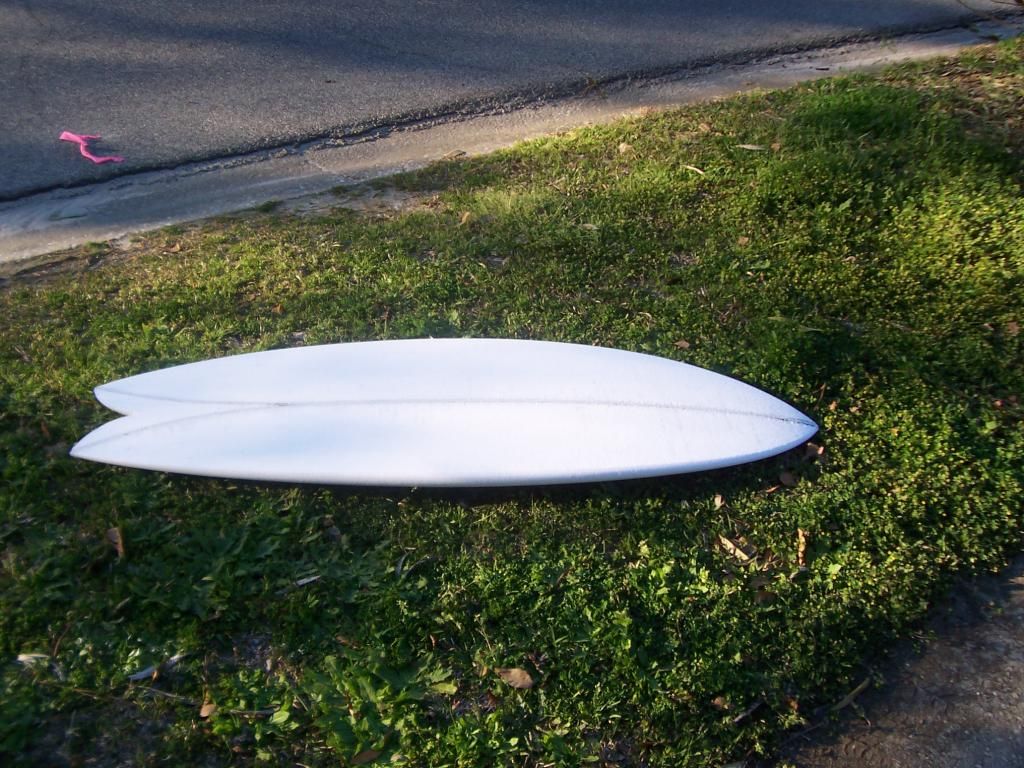Theory
A theory can be a body of knowledge, which may or may not be associated with particular explanatory models. To theorize is to develop this body of knowledge.
First off, I have no interest in a pissing match with a scientist.
I do not have a doctorate in physics.
What I am is a surfer.
Life-long.
I also have been fortunate to work as a professional in the surf industry for 30+ years.
Worked side by side with many of the industries best,
One of surfings greatest surfboard designers Dick Brewer.
He has had more influence in surf design than almost any other.
He taught me to take the engineering approach to surfboard design.
So I have a great passion for all things surfboard design.
From design, to foams, resins and composites, and construction.
I have worked my way up from the broom pushing dust,
Done absolutely every job involved in surfboard production.
Glued blanks.
Production shaper, laminator, sander, fin maker, fin and hot coater, airbrusher, gloss and polisher.
The list goes on and on.
Worked on World Champions boards.
All this experience goes into every board I build.
I know some stuff.
Also as a rebelious Punk Rock type, I question everything.
My theories are not just ideas.
I first rode one of these 4 years ago.
Rode the crap out of that board until a big 6-8’ south swell snapped that baby. (Pulling into gapping barrels).
I know it works.
I want people to feel what I did. And further surfing performance.
You can talk and guess all day about design.
I surf mine for assurance.
And I proudly put my name on it!
Innovation. Not imitation!
So, I ask again.
What have you contributed to the surfing world?
I love this place.
Endless innovative energy!
https://www.youtube.com/watch?v=EbZwknaIqqE&list=UU4GOUNl6TtxikZS-y1BliuQ


 where a = acceleration, v = velocity and r = radius
where a = acceleration, v = velocity and r = radius


